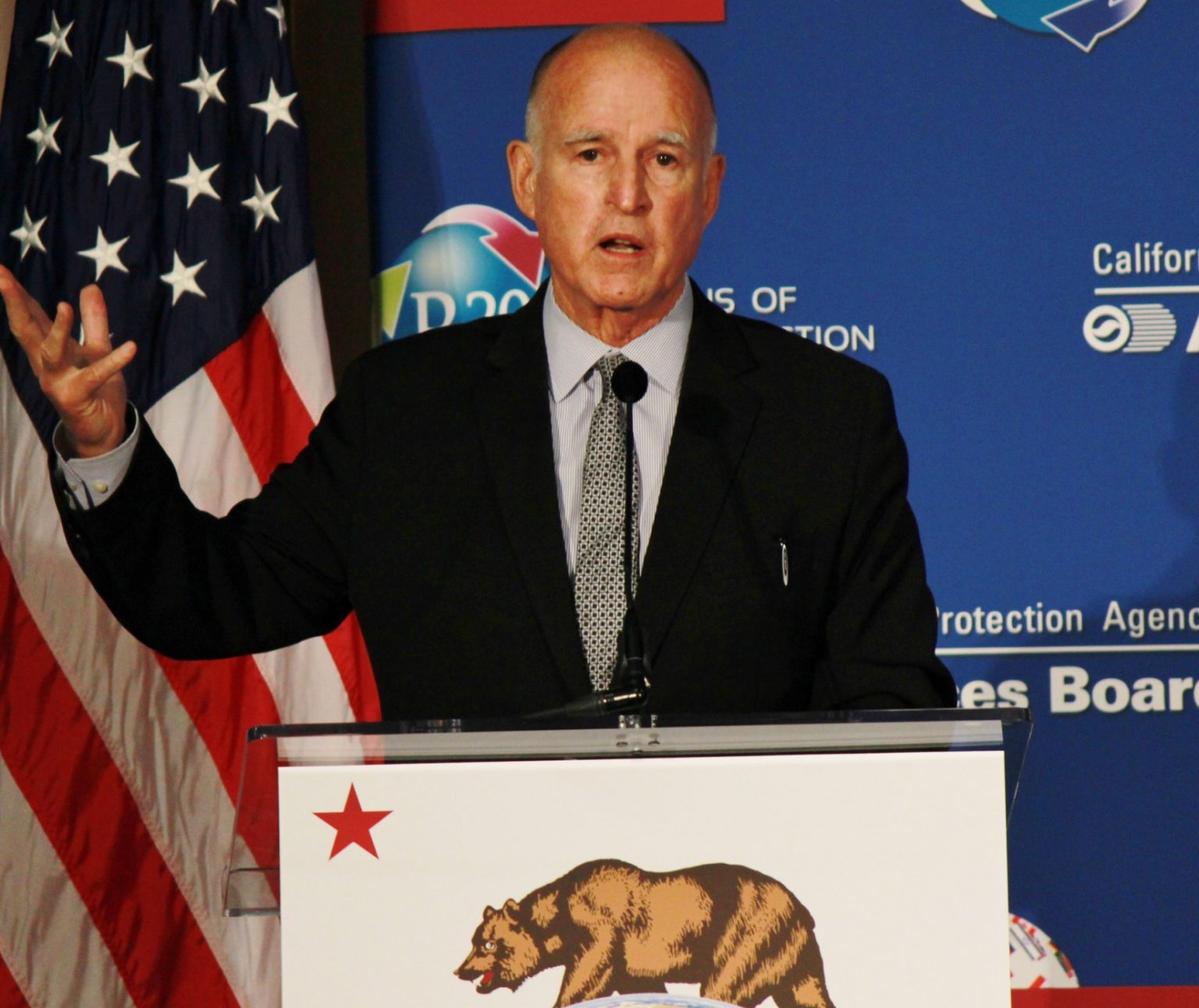After an intense lobbying spree and threats from Governor Jerry Brown to take the measure directly to voters via ballot initiative should it fail to pass, Senate Bill 32 (SB 32) was approved by the California legislature yesterday.
When it is signed into law by Brown, SB 32 will extend the climate targets adopted by the state under Assembly Bill 32 (AB 32), the Global Warming Solutions Act of 2006, which required California to reduce greenhouse gas emissions to 1990 levels by 2020.
The state is well on pace to meet the emissions targets set by AB 32, which is credited with having spurred developments that contributed $48 billion to California’s economy over the past 10 years while creating a half million jobs.
SB 32 — together with a second bill that the state legislature just passed and Brown plans to sign, Assembly Bill 197 (AB 197) — will require the state to slash emissions to 40 percent below 1990 levels by 2030, as well as to create a committee to oversee California’s climate programs. The measures will also “prod regulators to take stronger action to cut pollution from refineries and other facilities,” especially in low-income and minority communities, according to the LA Times.
“Yesterday, big oil bought a full-page ad in the capital city’s newspaper of record to halt action on climate,” Brown noted. “Today, the Assembly Speaker, most Democrats and one brave Republican passed SB 32, rejecting the brazen deception of the oil lobby and their Trump-inspired allies who deny science and fight every reasonable effort to curb global warming. I look forward to signing this bill — and AB 197 — when they land on my desk.”
Diane Regas, Executive Director of the Environmental Defense Fund, said that the state of California, in passing the bills, had extended its climate leadership position for another generation. “As major economies work under the Paris Agreement to strengthen their plans to cut pollution and boost clean energy, California, once again, is setting a new standard for climate leadership worldwide,” she said in a statement.
“After ten years of groundbreaking climate action, California is ahead of schedule in meeting its ambitious 2020 reduction targets and has been rewarded with a robust economy that is not dependent on increasing pollution to grow or to add jobs. The deeper 2030 reduction targets that the Legislature passed today will ensure the state’s economy and the environment continue to thrive.”
Nicole Lederer, chair and co-founder of the nonpartisan business group Environmental Entrepreneurs (E2), also said that SB 32 and AB 197 would pave the way for continued economic and jobs growth in California. “This is a big deal. California’s legislators just doubled down on one of the strongest, most innovative climate policies in the world,” she said in a statement. “Their vote is welcome news to a broad and inclusive coalition of business leaders who are demanding ever-stronger climate action.”
Still in limbo is the state’s cap-and-trade program, which the governor’s office reportedly attempted to have inserted in SB 32 without success. Auctions of carbon credits under the program have been tailing off as the state’s commitment to climate action appeared to be in doubt prior to passage of SB 32 and AB 197, which were considered longshots until very recently.
There is also a legal challenge by the California Chamber of Commerce, which alleges cap-and-trade amounts to an illegal tax, putting the very future of the program in jeopardy.
At the most recent auction, which happened earlier this month, just under one-third of the available carbon credits were sold, raising about $8 million for the state. That’s more credits than were sold in a May auction, when only 10.5 percent were sold, according to the San Francisco Chronicle, but still significantly lower than in the past.
That means that revenues from California’s cap-and-trade program, a crucial source of funds for projects like the bullet train from San Francisco to Los Angeles and other low-carbon and efficiency initiatives in the state, have reduced sharply as well.
But Governor Brown says that SB 32 and AB 197 will provide the leverage he needs to reach a deal with businesses that would prefer a market-based program like cap-and-trade over tougher mandates to cut pollution.
Cap-and-trade is a major piece of Governor Brown’s climate legacy. He says he will take the matter of the program’s future to voters at the ballot box in November 2017 if he has to.
“With these bills, California’s charting a clear path on climate beyond 2020 and we’ll continue to work to shore up the cap-and-trade program, reduce super pollutants and direct more investment to disadvantaged communities,” Brown said in a statement.
Image Credit: Governor Jerry Brown giving closing remarks at a climate symposium in 2014. Photo via Wikimedia Commons
Subscribe to our newsletter
Stay up to date with DeSmog news and alerts






